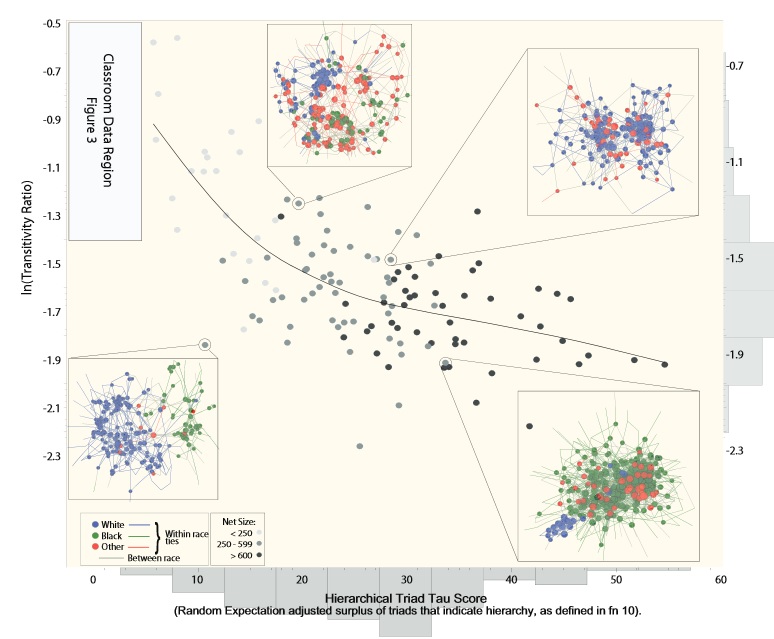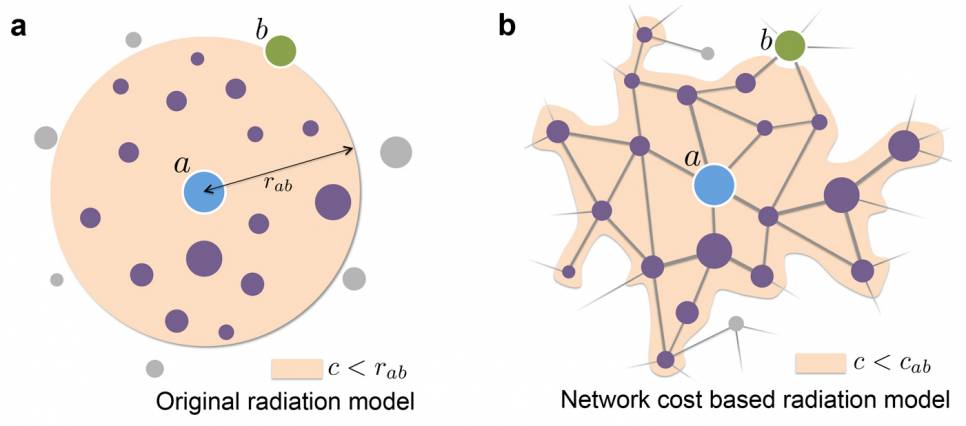 What makes one a good group member? Is it intelligence? A recent study found that, “having a lot of intelligent people in the group did not necessarily mean that your group will have sure success.”
What makes one a good group member? Is it intelligence? A recent study found that, “having a lot of intelligent people in the group did not necessarily mean that your group will have sure success.”
According to this study, what mattered more for group success was how individuals scored on the Reading the Mind in the Eyes (RME) test. “The better the group members are in reading other people’s emotions through their eyes, the better the chances for the group’s success.”
Given some thought, the results of this study are not surprising. It certainly makes sense that a group member with the ability to be empathetic towards a fellow group member would be a better team-player than one who does not have that ability. Perhaps you might want to practice with this online RME Test before embarking on future collaborations?
Read more here: http://www.rappler.com/science-nature/ideas/science-solitaire/80143-science-group-success





 After Apple’s celebrity photo leaks, now it comes to everyone.
After Apple’s celebrity photo leaks, now it comes to everyone. 